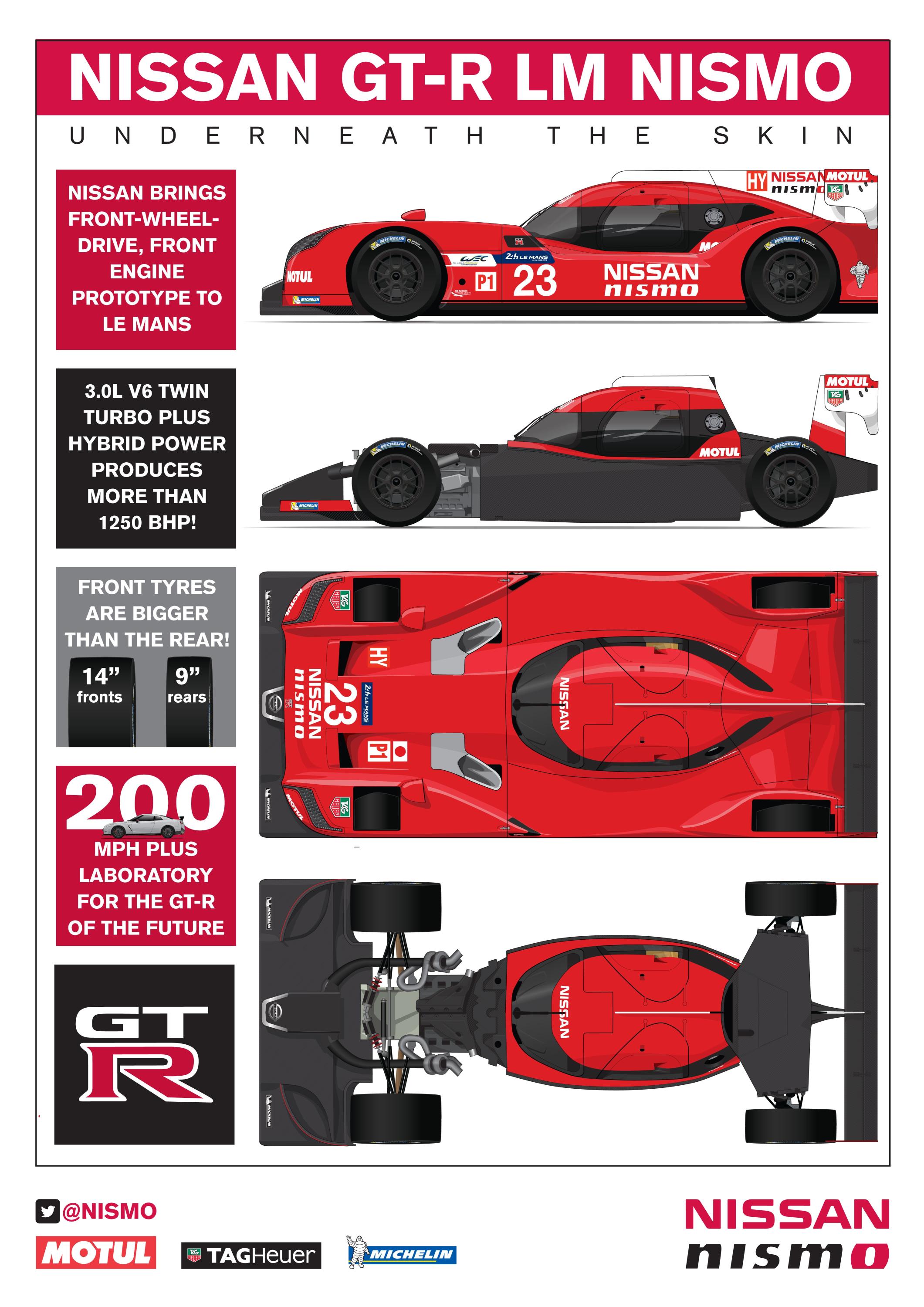Quote:
Originally Posted by freebeard

If you don't want us to comment, just ask. 
I wonder why the plan taper in the rear fender fades away below the wheel center. |
Comments are welcomed, I just know that anything which looks like a high down force race car holds a certain amount of disgust for one of the forum posters. I'm trusting they will see past that and delve into some other aspects of this design.
To address your observation, good eye.
Let's see, if you narrow an opening the air accelerates and the pressure drops. Therefore if you do the opposite (
per the detail in question) and expand the opening then the air slows and the pressure increases.
I'll go ahead and guess that slowing the air a bit near the ground plane at the rear lower corner reduces the energy of a drag causing vortex located there.
The higher pressure at the lower corner (
plus that outward angle) delays the air from being sucked in behind the car too rapidly.
My guess is that it lowers the drag, but most likely not just in a straight line going straight. Race cars have to perform in turns at off angles as well (
in turns), and this may prove to be the more relevant aspect of this design.
Then again, maybe this is a failed design never to be repeated, and we were just assuming it works.
If it works too well, the rules officials will find some way to spoil it and maintain mediocrity. This is why most race car designs should not be emulated or admired for aerodynamic efficiency.
These are designs which simply comply with man made convoluted rules to insure a "level playing field" or "mutually assured mediocrity".
More on the car in question.
Nissan GT-R LM Nismo
Nissan GT-R LM Nismo - Wikipedia, the free encyclopedia
Quote:
the GT-R LM is unique amongst Le Mans Prototypes for utilizing a front mid-engine layout for its internal combustion engine as opposed to the rear mid-engine layout used by nearly all other competitors in the category.................................
the GT-R LM powers the front axle through a gearbox located in front of the engine.
|

Big at the front, skinny at the back (
at least internally), there may be something to like about this non-wedge design.
http://www.roadandtrack.com/motorspo...gt-r-lm-nismo/




The value or importance of internal aerodynamics and or air-flow.................could be the start of a new thread?
http://www.autoevolution.com/news/ni...ery-91820.html

I found this, not sure about the accuracy of the source though. Other sources refused to list the C of D and said "unknown". It does appear to be from the official company website though.
http://www.nissanusa.com/performance...ics-modal.html
Quote:
.35 COEFFICIENT OF DRAG
.35 is the kind of drag coefficient you expect from a minivan, not a race car. But there’s a reason for that: downforce. To create downforce, you always have to cope with the penalty of some drag. When it comes to keeping the GT-R LM NISMOŽ glued to the track at 220MPH, finding the balance between maximizing downforce and minimizing drag is key.
|